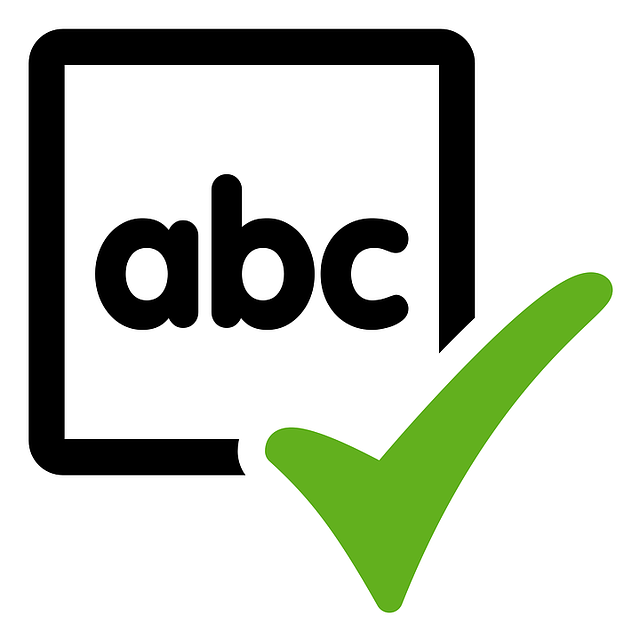Small businesses often face financing pitfalls in equipment loans due to application errors, misconceptions, and complex loan terms. These issues can lead to costly mistakes like credit score damage and borrowing restrictions. To avoid approval setbacks, borrowers should conduct thorough research, double-check forms, understand conditions, seek clarifications, compare offers, and read fine print. Proactive measures ensure secure financing, a smoother process, and long-term financial health. Effective cash flow management is crucial to prevent gaps, meeting obligations, and mitigating challenges like application errors and default, with potential consequences including higher interest rates and damaged creditworthiness.
In the world of equipment loans, navigating financial complexities is paramount for success. This article delves into the common challenges that businesses face, from financing pitfalls and application errors to costly misconceptions and approval setbacks. By understanding these issues, entrepreneurs can employ strategic solutions to secure better interest rates, streamline applications, and overcome loan challenges effectively. Armed with this knowledge, folks can transform their equipment funding journey, ensuring a smoother path to acquisition.
- Financing Pitfalls and How to Avoid Them
- – Understanding common financial challenges in equipment loans
- – Impact of poor cash flow management on loan repayments
Financing Pitfalls and How to Avoid Them

Financing Pitfalls and How to Avoid Them
One of the most significant challenges in equipment loans is navigating the financing pitfalls that can derail an application. Common application errors, such as incomplete documentation or incorrect information, often lead to approval setbacks. These mistakes can be costly, causing delays in acquiring much-needed equipment and potentially missing out on lucrative opportunities. Additionally, misconceptions about loan terms and conditions can result in unforeseen financial burdens. Lenders may offer seemingly attractive rates, but hidden fees and complex repayment structures can turn a manageable loan into a significant strain.
To avoid these financing pitfalls, borrowers should prioritize thorough research and clear communication. Double-checking application forms for accuracy is vital to prevent costly mistakes. Understanding the loan terms, including interest rates, repayment schedules, and any associated fees, is essential. Seeking clarification from lenders and consulting financial experts can help dispel misconceptions. Proactive measures like comparing multiple offers and reading the fine print can ensure borrowers secure the best possible financing terms, fostering a smoother borrowing experience and promoting long-term financial health.
– Understanding common financial challenges in equipment loans

Many businesses, especially startups and small enterprises, often face financial challenges when seeking equipment loans. These challenges can stem from various factors, including misconceptions about loan eligibility, application errors, and a lack of understanding of financing pitfalls. One common issue is misinterpreting loan terms and conditions, leading to costly mistakes. For instance, business owners might not grasp the implications of late payments or default, which can significantly impact their credit score and future borrowing capabilities.
Another hurdle is navigating approval setbacks, which can be frustrating and time-consuming. These delays often arise from incomplete applications or a lack of necessary documentation. Businesses must be prepared to provide accurate financial records and detailed business plans to increase their chances of securing loans. By addressing these financing challenges proactively, businesses can avoid potential pitfalls and set themselves up for successful equipment acquisition.
– Impact of poor cash flow management on loan repayments

Many businesses face significant loan challenges due to poor cash flow management, which can have severe repercussions on their financial health and repayment capabilities. Ineffective cash flow planning often results in unexpected funding gaps, making it difficult for companies to meet their financial obligations, including loan repayments. When a business lacks adequate liquidity, it may struggle to navigate financing pitfalls, leading to application errors and approval setbacks. These issues can be exacerbated by misconceptions about loan terms and conditions, causing businesses to make costly mistakes that further strain their financial resources.
The consequences of poor cash flow management extend beyond immediate repayment difficulties. Businesses might face higher interest rates, penalties, and even default on their loans, damaging their creditworthiness. To mitigate these challenges, businesses should implement robust cash flow forecasting and budgeting practices, ensuring they have a clear understanding of their financial commitments. Regularly reviewing and adjusting cash flow projections can help anticipate potential shortfalls, allowing for proactive measures to secure funding or renegotiate loan terms with lenders.






